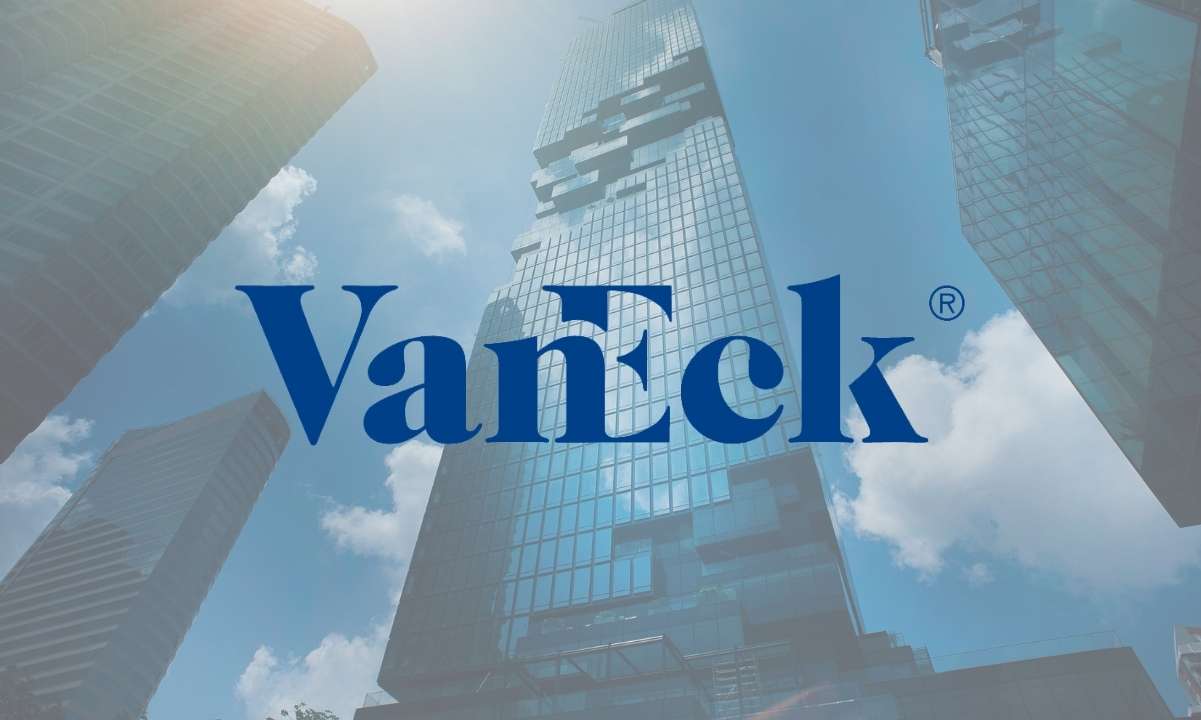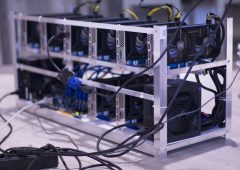Bitcoin Surges as Ethereum’s Market Share Slips – Key Insights from VanEck’s Report
05.10.2024 18:00 1 min. read Kosta Gushterov
Quite a few market participants maintain a positive outlook for Bitcoin as the fourth quarter approaches, driven by stable macroeconomic factors and institutional investment.
However, concerns remain regarding Ethereum’s declining market share and fee generation.
VanEck noted that Bitcoin rose more than 7% in September, helped by the Federal Reserve’s interest rate cut and China’s economic stimulus measures. That growth outpaced ETH, which rose just 3.2%.
Bitcoin’s recent upswing, marked by net inflows of $1.2 billion into U.S. exchange-traded products (ETPs) for Bitcoin, reflects growing investor confidence. Since their launch, these ETPs have accumulated more Bitcoin than has been mined, significantly impacting price trends.
Conversely, Ethereum is struggling, with fee generation plummeting and market share reaching a five-year low. However, mid-month saw signs of recovery, with fee market share recovering from 31% in August to 45% in September.
Ethereum’s move to a second-layer settlement layer for blockchains, following the introduction of EIP-4844, reduced demand for its blockchain space, causing revenue to fall from $7.2 billion in March to $1.2 billion in September.
While Ethereum is aiming for long-term mass adoption, short-term challenges could undermine its market position. In contrast, Bitcoin’s institutional support and strong momentum are strengthening its position in the digital asset market.
-
1
Analysts Warn Bitcoin Is Easier to Attack Than Ethereum
18.05.2025 14:00 2 min. read -
2
WalletConnect Launches WCT on Solana with $3M Airdrop
25.05.2025 22:00 2 min. read -
3
Top Crypto Trader Cashes Out $46M Bitcoin Profit, Eyes Altcoins Next
24.05.2025 18:00 1 min. read -
4
Binance Announces 70th Launchpool Project with Token Farming Starting May 23
22.05.2025 20:00 1 min. read -
5
Sui Network Moves to Restore $162M After Cetus Hack
30.05.2025 19:00 2 min. read
Bitcoin Holds Above $100K, But Analyst Sees Trouble Brewing
The crypto market’s well-known skeptic, Il Capo of Crypto, has once again sounded the alarm—arguing that the worst may still be ahead, even as Bitcoin remains above the $100,000 mark.
Are We Witnessing the Final Bitcoin Cycle as We Know It?
Swan, a Bitcoin-focused financial firm, has issued a striking market update suggesting that the current BTC cycle isn’t just another repeat of the past—it might be the last of its kind.
Ross Ulbricht Receives $31M in BTC — Who Sent It, and Why Now?
Ross Ulbricht, founder of the infamous Silk Road marketplace, is back in the headlines after receiving a mysterious transfer of 300 BTC—valued at roughly $31 million.
Bitcoin at Risk of Deeper Pullback as Momentum Stalls, Analyst Says
Bitcoin could be heading for a notable dip if it fails to stay above a key price zone, according to market watcher DonAlt.
-
1
Analysts Warn Bitcoin Is Easier to Attack Than Ethereum
18.05.2025 14:00 2 min. read -
2
WalletConnect Launches WCT on Solana with $3M Airdrop
25.05.2025 22:00 2 min. read -
3
Top Crypto Trader Cashes Out $46M Bitcoin Profit, Eyes Altcoins Next
24.05.2025 18:00 1 min. read -
4
Binance Announces 70th Launchpool Project with Token Farming Starting May 23
22.05.2025 20:00 1 min. read -
5
Sui Network Moves to Restore $162M After Cetus Hack
30.05.2025 19:00 2 min. read


